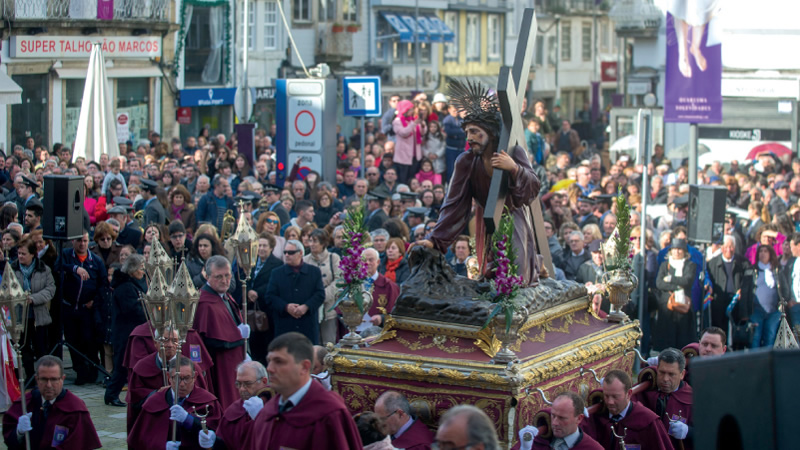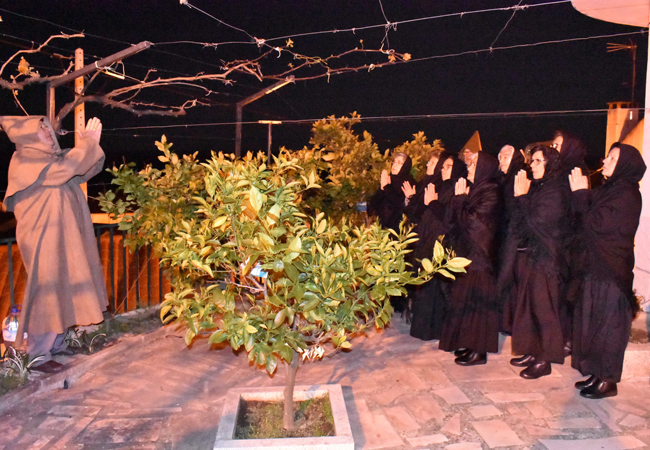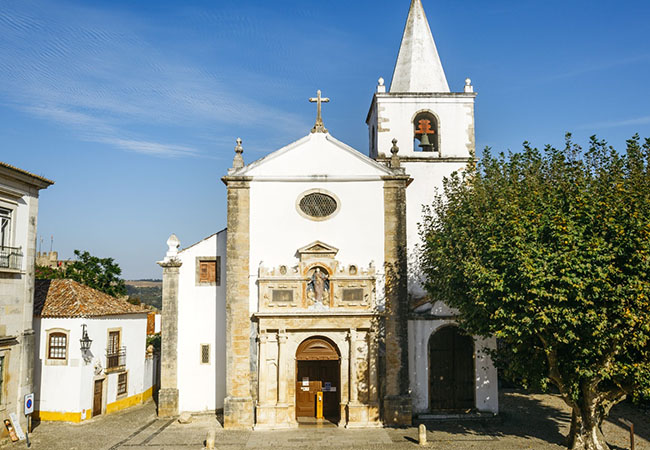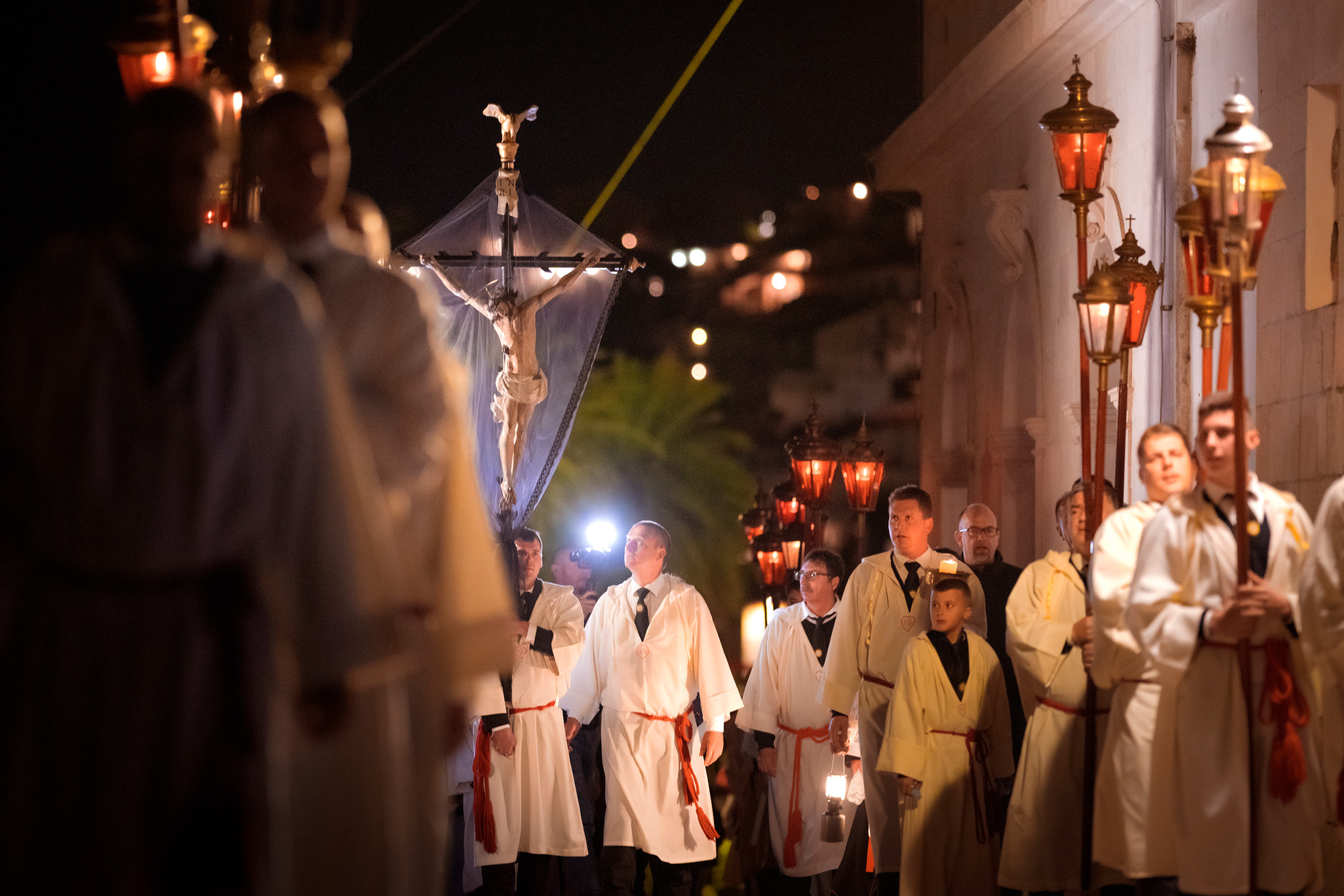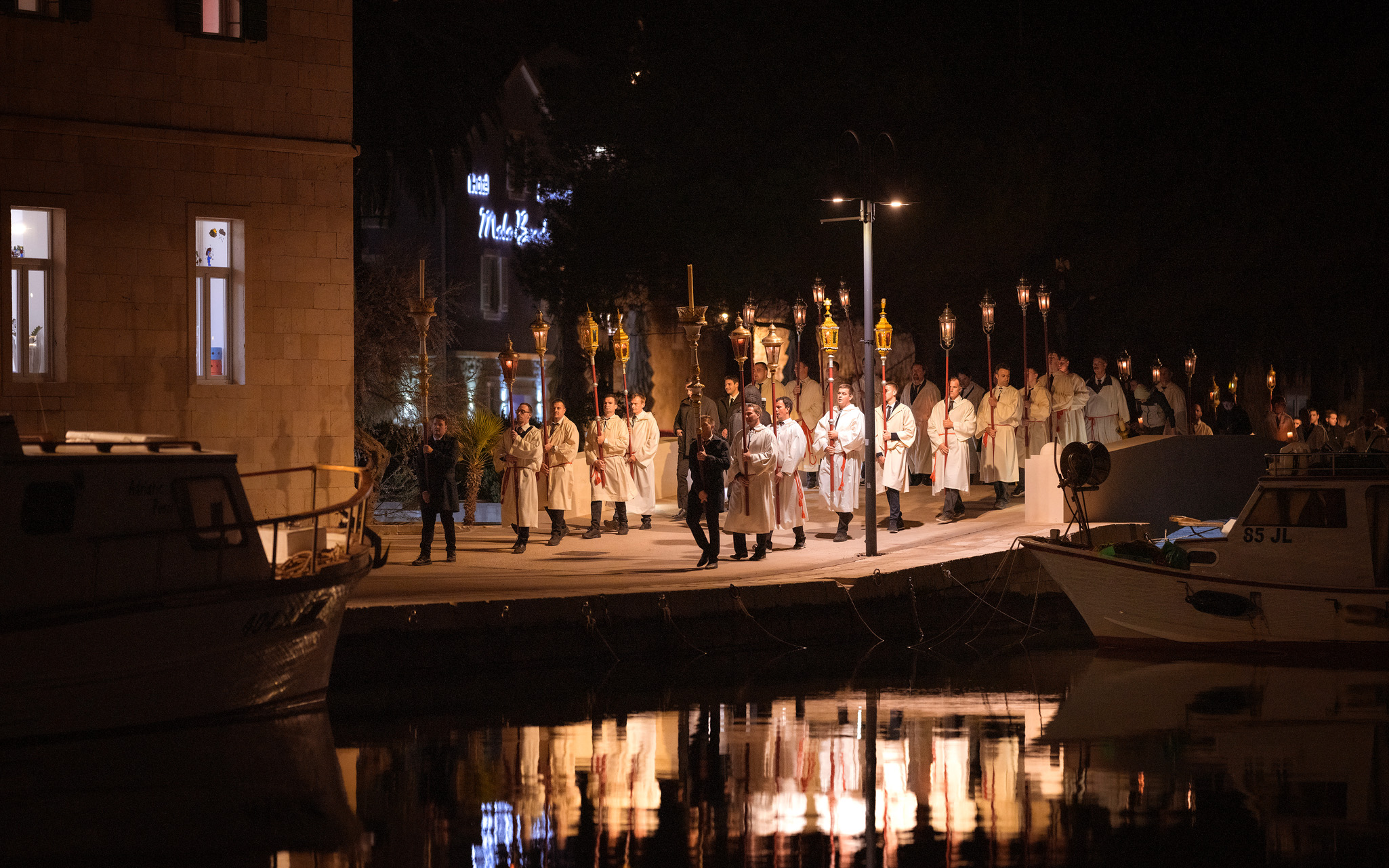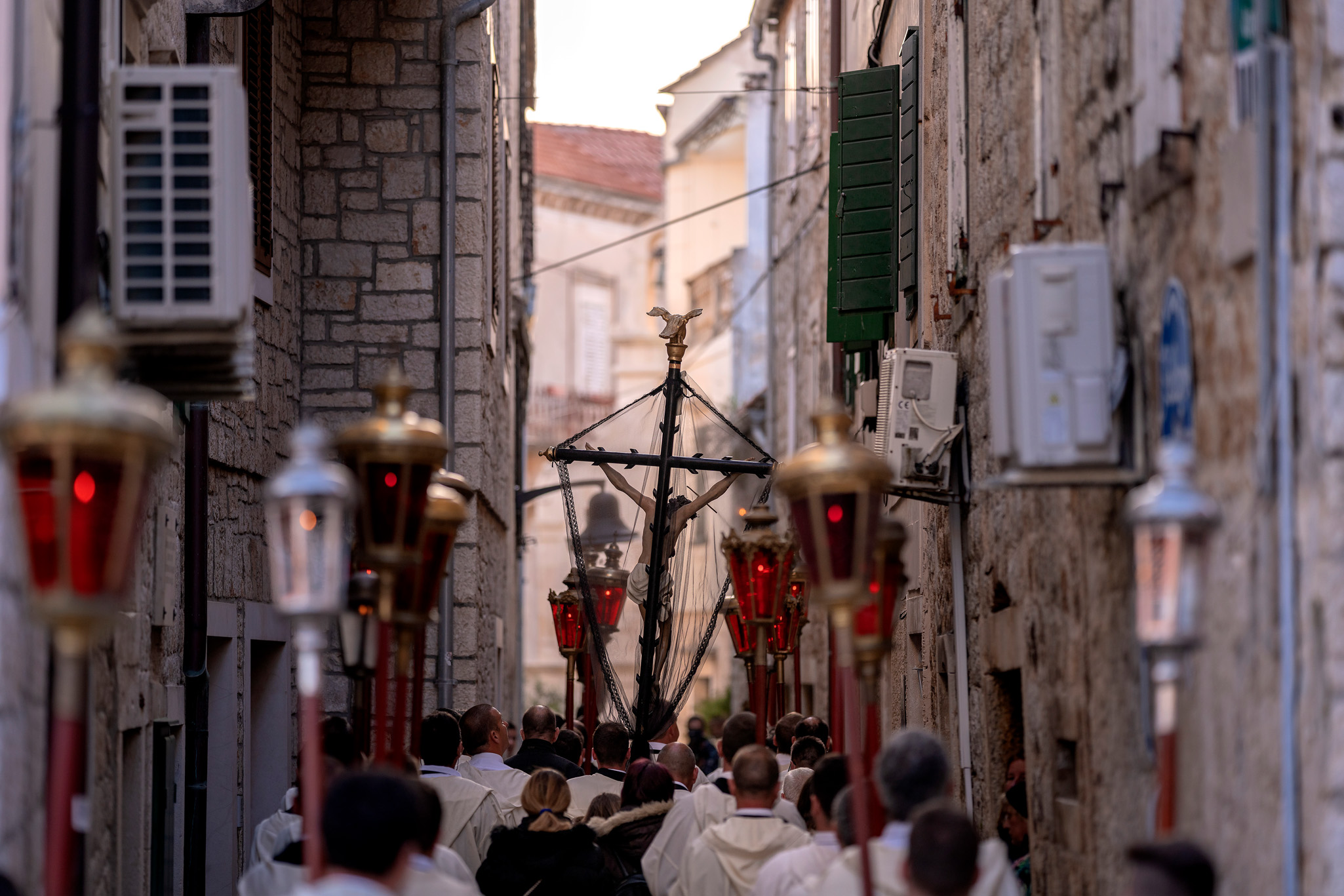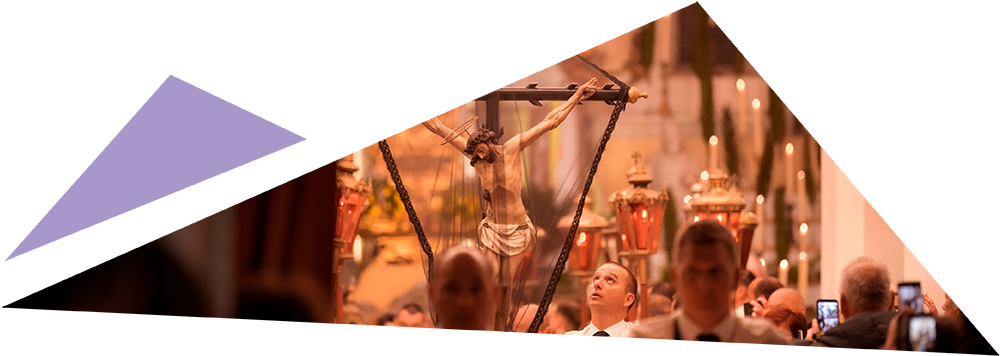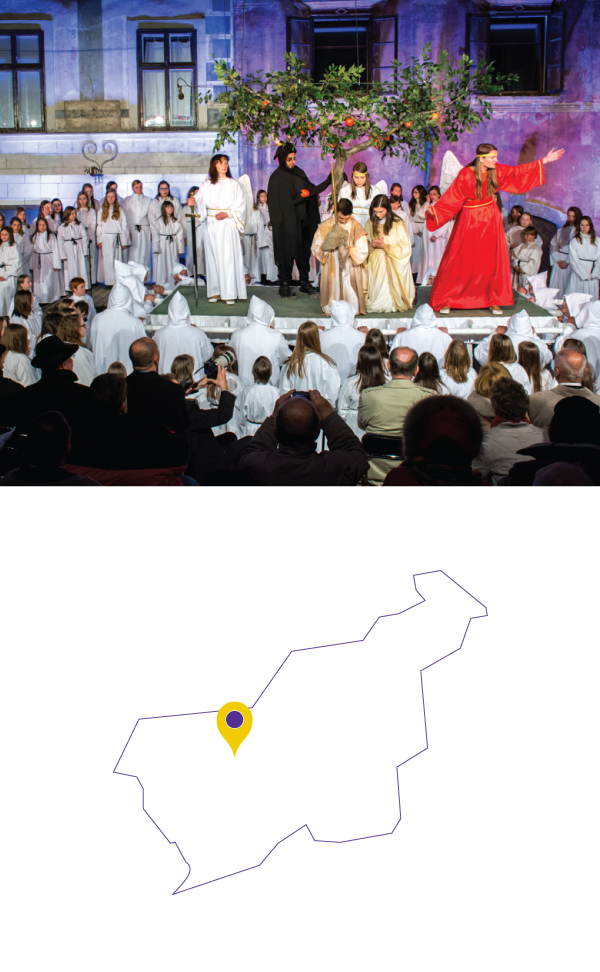Veneration of the cross has a long tradition on Hvar and the „Za Križen“ processions are linked to the Hvar Uprising and the miraculous event which took place back in 1510. The Hvar Uprising was a people’s rebellion led by one Matij Ivanić against the nobility in an attempt to give ordinary people a share in the power of the Hvar Commune. The rebellion spread across the whole island and lasted for four years. In the 16th century the commoners and the socially and politically priviliged nobility were the two main social classes on the island.
The ‘Za križen’ procession tradition on Hvar has been taking place annually for more than 500 years. This invaluable tradition has been included in the Representative List of the Intangible Heritage of Humanity since 2009. From as far back as the Middle Ages the church confraternities took care of the people’s religious devotions, and they have continued to play a key part in organizing the ‘Za križen’ Procession up to the present day. The tradition is linked into Holy Week as part of the Passion. On good Friday evening after liturgical rituals inside the parish churches, the holy Eucharist is carried in ceremonial procession under a baldaquin around the parishes across the wole of Hvar Island.
Jelsa is a predominantly Catholic town, and Holy Week and Easter are important religious holidays that are celebrated with great reverence and tradition. The week leading up to Palm Sunday, known as Holy Week, is a time of reflection and prayer, with various religious services and processions taking place throughout the town. On Palm Sunday, Jelsa’s faithful gather in the town square to receive blessed palm leaves, which are then taken to the local church for a special blessing. On Holy Thursday, a solemn Mass is held to commemorate the Last Supper and the washing of the feet by Jesus Christ. After the Mass, the Blessed Sacrament is taken in a procession through the town, with the faithful following behind in prayer and reflection. Good Friday is a day of fasting and penance, with a procession taking place in the evening to commemorate the Passion of Christ. The procession begins at the church and winds its way through the town, with participants carrying crosses and statues of the Virgin Mary and Jesus Christ. Easter Sunday is the culmination of Holy Week, and is celebrated with great joy and festivity. The day begins with a sunrise Mass at the church, followed by a festive Easter breakfast with family and friends. Traditionally, Easter eggs are boiled and dyed in bright colors, and are exchanged as gifts between loved ones. Throughout the day, families gather for a traditional Easter lunch, which typically includes traditionally prepared codfish, roasted meat and other festive delicacies. In addition to the religious celebrations, Jelsa also hosts several cultural events during Holy Week and Easter. These include concerts, art exhibits, and traditional folk dances, which showcase the town’s rich cultural heritage.
The all-night ‘Za križen’ Procession is a unique tradition which takes place every year during the night from Maundy Thursday to Good Friday, linking the settlements of Jelsa, Pitve, Vrisnik, Svirče, Vrbanj and Vrboska on Hvar Island In the course of its extended history the Procession has defied wars, illnesses and pestilence, preserved by the faith and strength of the people of Hvar. The continuity of this tradition is testament to the bond between this island’s inhabitants with their family, cultural and religious inheritance, as well as to their deep hopes for the times to come. The ‘Za križen’ Procession is highly picturesque, with the lay brothers of the confraternities in their robes carrying lanterns and torches under the moonlight as they make their way along the winding paths from village to village to each parish stop.







